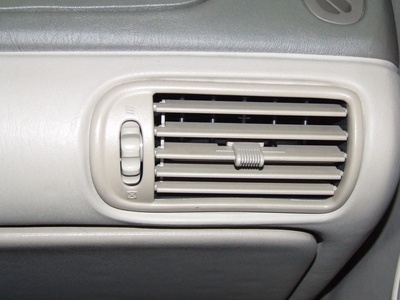
Car heaters allow riders to travel in comfort, and the earliest autos used an opening to the engine to release hot air into the front seats of the car. The design invention, claimed by Margaret Wilcox in 1893, proved less than adequate for temperature control, and later designs improved on the basic system.
A Canadian inventor, Thomas Ahearn, takes credit for the first electric car heater, introduced in 1890. The basic design used an electrically-operated blower to exchange heat between the interior and the engine.
Autos sold beginning in the late 1920s used the circulating water from the engine to heat the passenger compartment. This required running the car until the engine warmed up enough to produce heat.
Auto heaters available in the 1930s and 1940s were sold as aftermarket additions for buyers. South Wind heaters, invented in the early 1930s by Harry J. McCollum, offered immediate warmth from a gasoline-powered heater added to the engine compartment. The invention sold over three million units by 1948.
The rotating heat exchanger, introduced in 1974 by German inventor Nikolaus Laing, provided a plate of fins for circulating air pushed through the heating vent. This design is no longer utilized.
Most heaters are situated between the engine firewall and the engine, and this creates difficulties for some auto designs. Automobile designers modify the heaters to meet the demands of the individual engine compartments.